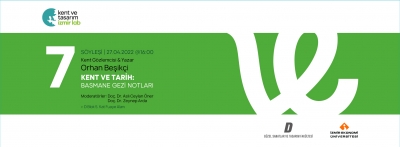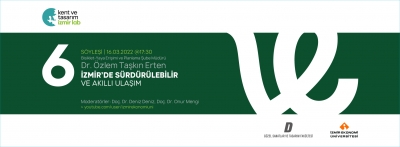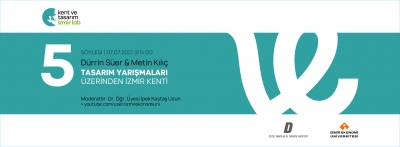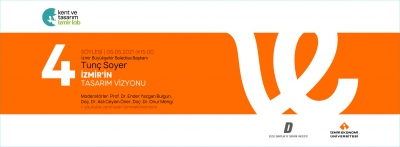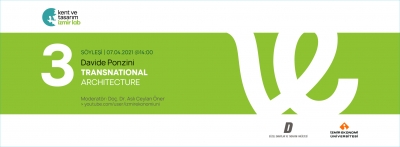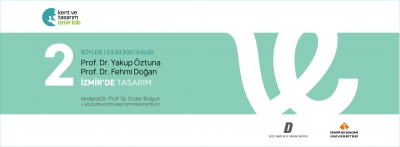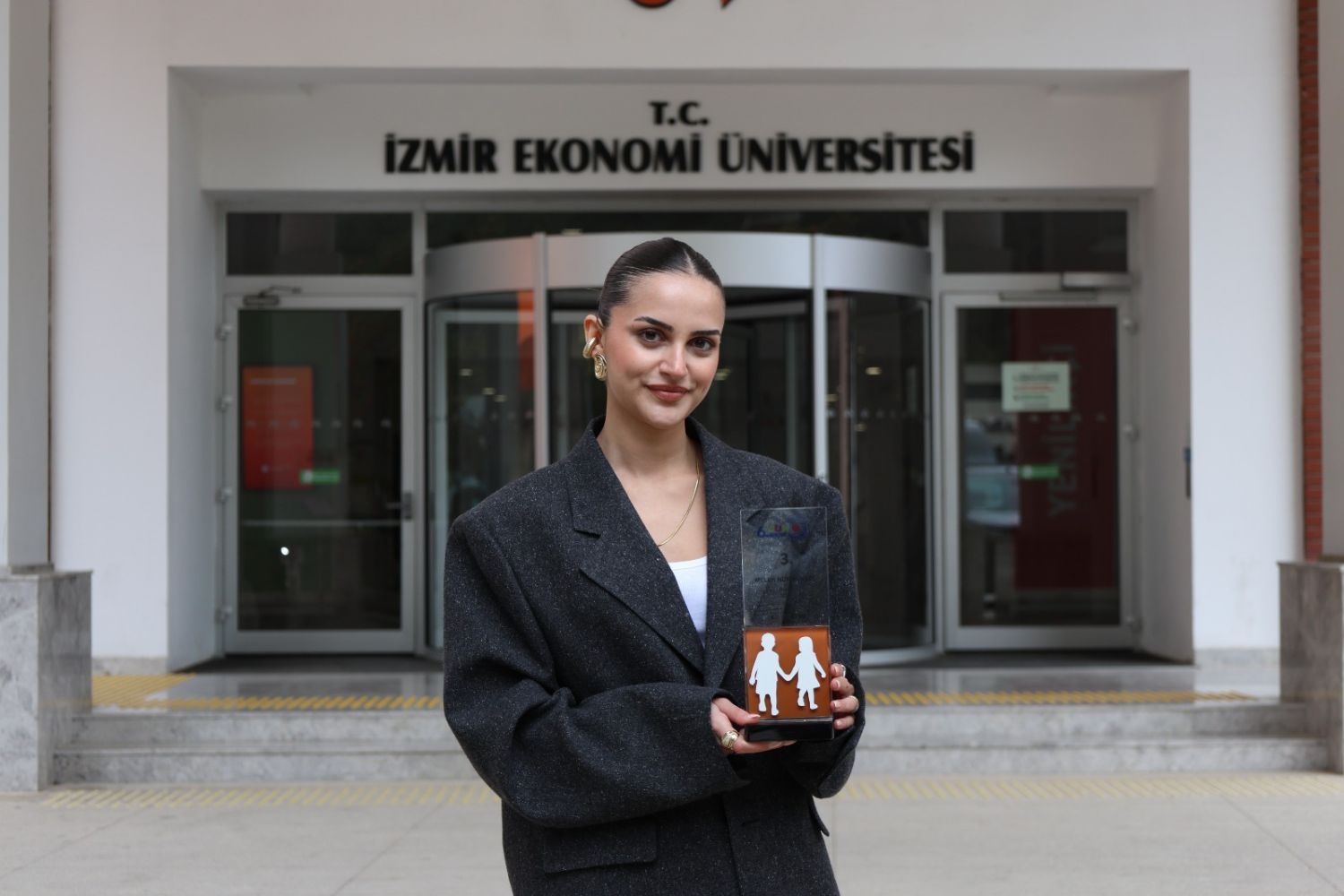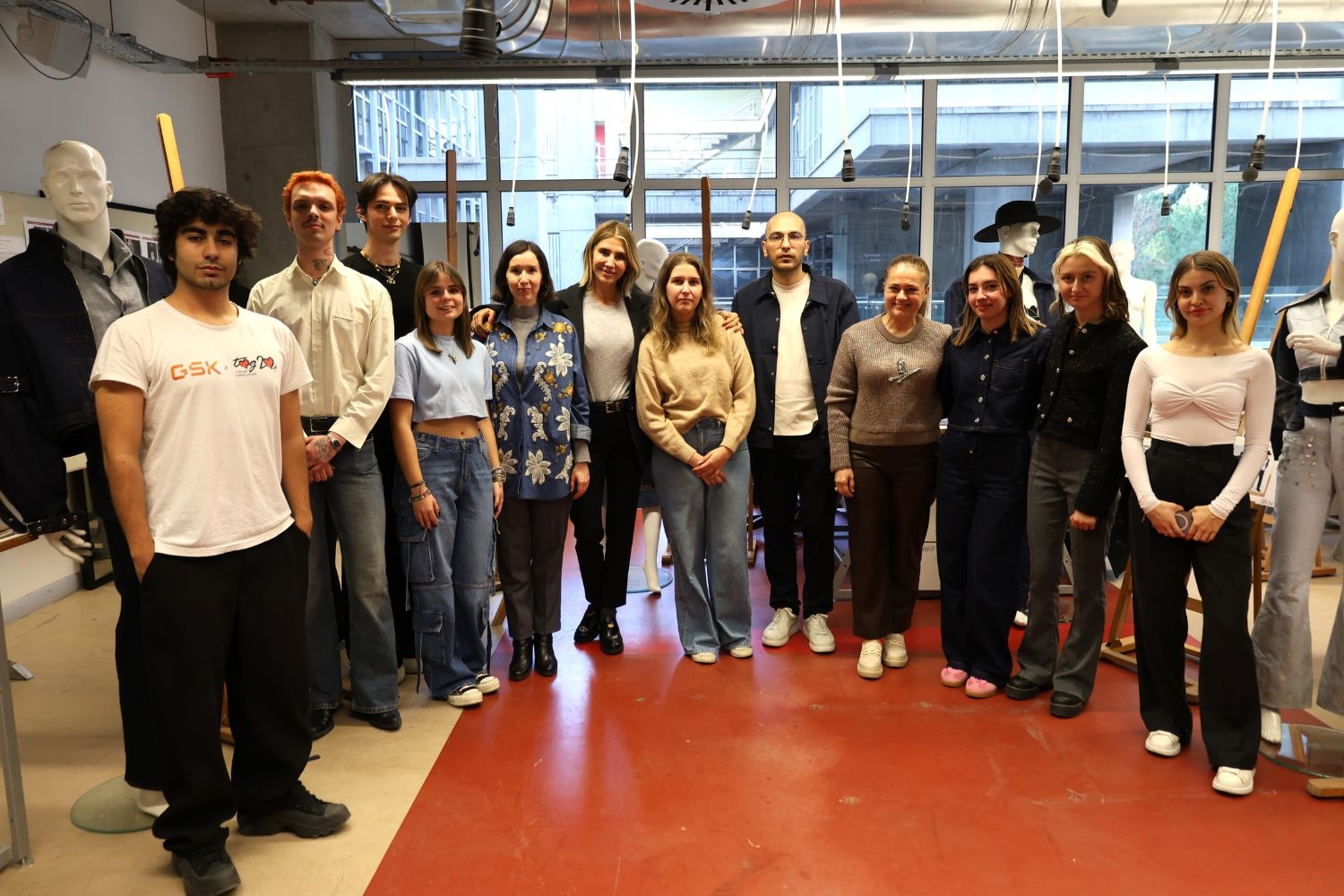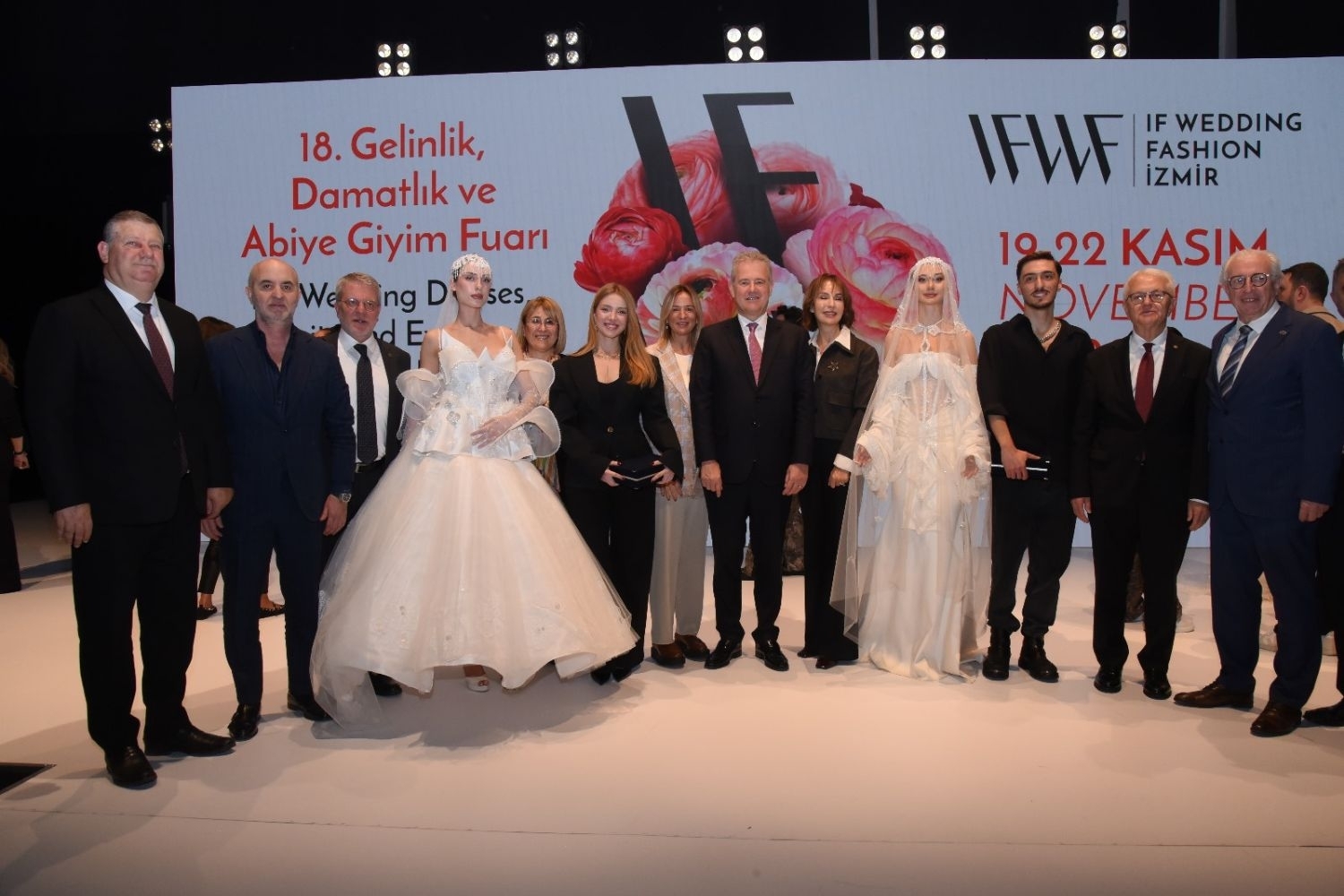FACULTY OF FINE ARTS AND DESIGN
Department of Textile and Fashion DesignGEHU 207 | Course Introduction and Application Information
| Course Name |
Turkish Cuisine Culture
|
|
Code
|
Semester
|
Theory
(hour/week) |
Application/Lab
(hour/week) |
Local Credits
|
ECTS
|
|
GEHU 207
|
Fall/Spring
|
3
|
0
|
3
|
6
|
| Prerequisites |
None
|
|||||
| Course Language |
English
|
|||||
| Course Type |
Service Course
|
|||||
| Course Level |
First Cycle
|
|||||
| Mode of Delivery | - | |||||
| Teaching Methods and Techniques of the Course | - | |||||
| National Occupation Classification | - | |||||
| Course Coordinator | ||||||
| Course Lecturer(s) | - | |||||
| Assistant(s) | - | |||||
| Course Objectives | The aim of the course is to describe, Turkish food culture under the influence of Anatolian historical heritage in the context of historical, archaeological and intangible cultural heritage and to apply them in their academic and professional lives. |
| Learning Outcomes |
The students who succeeded in this course;
|
| Course Description | This course describes and contains the Turkish cuisine culture, which is a synthesis, formed of historical, economic, political and social dynamics will develop students’ cultural awareness and professional vision and will prepare the ground for them to present their expertise in professional platforms in a more conscious and well-equipped manner. |
| Related Sustainable Development Goals |
|
|
Core Courses | |
| Major Area Courses | ||
| Supportive Courses | ||
| Media and Management Skills Courses | ||
| Transferable Skill Courses |
WEEKLY SUBJECTS AND RELATED PREPARATION STUDIES
| Week | Subjects | Related Preparation |
| 1 | Introduction | |
| 2 | Paleolithic, Neolithic and Bronze Age Culinary Traditions in Anatolia | Homeros, Odysseia, Azra Erhat-A.Kadir (çev.), Dünya Klasikleri, Can Sanat Yayınları, 2008 |
| 3 | Archaic, Hellenistik and Roman Periods’ Cuisine Culture in Anatolia | Dalby A.-Graigner S. Antik Çağ Yemekleri ve Yemek Kültürü, Homer Kitabevi, 2001 Kimberly B. Flint-Hamilton, “Legumes in Ancient Greece and Rome: Food, Medicine, or Poison?”, Hesperia: The Journal of the American School of Classical Studies at Athens, Vol. 68, No.3 (Jul. - Sep., 1999), pp. 371-385, American School of Classical Studies at Athens, Wim Van Neer a,b, *, S. Thomas First archaeozoological evidence for haimation, the ‘invisible’ garum Parker Journal of Archaeological Science 35 (2008) |
| 4 | Byzantine Cuisine Culture | Andrew Dalby. Tastes of Byzantium: The Cuisine of a Legendary Empire. I. B. Tauris, London, 2010. Feast Fast or Famine, Food and Drink in Byzantium, Mayer W. and Trzcionka (eds.), 2017, Brill. |
| 5 | Cuisine Culture in Central Asian Turks before and after Islam | Sami Kılıç Ali Albayrak İslamiyetten Önce Türklerde Yiyecek Ve İçecekler Turkish Studies - International Periodical For The Languages, Literature And History Of Turkish Or Turkic Volume 7/2 Spring 2012, P.707-716 Ankara Güler, S. (2010). “Türk Mutfak Kültürü ve Yeme İçme Alışkanlıkları”, Dumlupınar Üniversitesi Sosyal Bilimler Dergisi, 26, s.26-63. Yemek Kitabı Tarih-Halkbilimi-Edebiyat M. Sabri Koz (der.), 2008 Üstün, Y., 2009, Eski Bir Türk İçeceği: Kımız (Koumiss) . Türklük Bilimi Araştırmaları , (26) , 247-255.. |
| 6 | First Appearance of Turks in Anatolia, Seljuks and Principates’ Cuisine Culture | Akin, G., Özkoçak, V., Gültekin T., 2017, Geçmişten Günümüze Geleneksel Anadolu Mutfak Kültürünün Gelişimi, Geçmişten Günümüze Geleneksel Anadolu Mutfak Kültürünün Gelişimi Konferans Sunumu., |
| 7 | Ottoman Period Cuisine Culture | 7 Ottoman Period Cuisine Culture “Ottoman Palace Cuisine of the Classical Period” (eds.) Özge Samancı, Arif Bilgin, inside Turkish Cuisine, Ankara, Kültür ve Turizm Bakanlığı Yayınları, 2008 s. 71-91. Arif Bilgin Saraydan Düğüne Fatih Dönemi Sofraları, Fatih Sultan Mehmed Han ve Dönemi, Dr. Ayşe Bilge Zafer (ed.), Bursa Osmangazi Belediyesi Yayınları, 2016.Işın P.M., 2014 Bountiful Empire, A History of Ottoman Cuisine |
| 8 | Midterm | |
| 9 | Ottoman Period Cuisine Culture | Özge Samancı Geç Dönem Osmanlı Saray Mutfak Kültüründe Ziyafetler Ve Yemekler Osmanlı’da Mimari, Sanat Ve Yemek Kültürü Editörler: Mükerrem Bedizel Zülfkar-Aydın & Ravza Aydın, Osmanlı’da Mimari, Sanat Ve Yemek Kültürü Editörler: Mükerrem Bedizel Zülfkar-Aydın & Ravza Aydın, 2018 |
| 10 | Republican Period Turkish Cuisine Culture | https://encyclopedia.1914-1918-online.net/article/post-war_economies_turkey Özge Samancı Images, perceptions and authenticity in Ottoman-Turkish cuisine, in Food Heritage and Nationalism in Europe, Ilaria Porciani (ed.),2019, Routledge Publication, Part II, 155-171. Güler, S. (2010). “Türk Mutfak Kültürü ve Yeme İçme Alışkanlıkları”, Dumlupınar Üniversitesi Sosyal Bilimler Dergisi, 26, s.26-63. |
| 11 | Turkish Cuisine Culture and New Trends - I | Defne Karaosmanoğlu, “Surviving the Global Market”, Food, Culture & Society, Vol. 10 , Iss. 3, 2007, 425-448. Yemek Kitabı Tarih-Halkbilimi-Edebiyat M. Sabri Koz (der.), 2008 |
| 12 | Presentation | |
| 13 | Presentation | |
| 14 | Presentation | |
| 15 | Review of the semester | |
| 16 | Final Exam |
| Course Notes/Textbooks | Linda Civitello, Cuisine and Culture: A History of Food and People, 3rd edition, Wiley Publishers, 2011. |
| Suggested Readings/Materials | A Taste of Thyme: Culinary Cultures of the Middle East, Sami Zubaida and Richard Tapper (eds.) 1994, ISBN 1860646034
Wheats Facts and Futures 2009, (eds) Dixon, et. Al., Mexico: CIMMYT, 2009, ISBN 978-970-648-170-2
Royal Taste, Food, Power and Status at the European Courts after 1789, Asghate 2011, ISBN 9780754694786
Encounters with Europe, 1850-1950, (eds) Anna Frangoudaki, Çağşar Keyder, London: I.B. Tauris,2007, ISBN 9781845112899 |
EVALUATION SYSTEM
| Semester Activities | Number | Weigthing |
| Participation |
1
|
10
|
| Laboratory / Application | ||
| Field Work | ||
| Quizzes / Studio Critiques | ||
| Portfolio | ||
| Homework / Assignments |
1
|
10
|
| Presentation / Jury |
1
|
10
|
| Project |
1
|
10
|
| Seminar / Workshop | ||
| Oral Exams | ||
| Midterm |
1
|
20
|
| Final Exam |
1
|
40
|
| Total |
| Weighting of Semester Activities on the Final Grade |
5
|
60
|
| Weighting of End-of-Semester Activities on the Final Grade |
1
|
40
|
| Total |
ECTS / WORKLOAD TABLE
| Semester Activities | Number | Duration (Hours) | Workload |
|---|---|---|---|
| Theoretical Course Hours (Including exam week: 16 x total hours) |
16
|
3
|
48
|
| Laboratory / Application Hours (Including exam week: '.16.' x total hours) |
16
|
0
|
|
| Study Hours Out of Class |
14
|
2
|
28
|
| Field Work |
0
|
||
| Quizzes / Studio Critiques |
0
|
||
| Portfolio |
0
|
||
| Homework / Assignments |
1
|
15
|
15
|
| Presentation / Jury |
1
|
7
|
7
|
| Project |
1
|
20
|
20
|
| Seminar / Workshop |
0
|
||
| Oral Exam |
0
|
||
| Midterms |
1
|
20
|
20
|
| Final Exam |
1
|
30
|
30
|
| Total |
168
|
COURSE LEARNING OUTCOMES AND PROGRAM QUALIFICATIONS RELATIONSHIP
|
#
|
Program Competencies/Outcomes |
* Contribution Level
|
|||||
|
1
|
2
|
3
|
4
|
5
|
|||
| 1 |
To be able to develop and design a collection independently. |
-
|
-
|
-
|
-
|
-
|
|
| 2 |
To be able to do maintain a design research individually or as a team. |
-
|
-
|
-
|
-
|
-
|
|
| 3 |
To be able to develop entrepreneurship- and managerial skills for a future professional practice. |
-
|
-
|
-
|
-
|
-
|
|
| 4 |
To be able to understand, interpret and apply theoretical knowledge in fashion and textile design. |
-
|
-
|
-
|
-
|
-
|
|
| 5 |
To be able to analyze and integrate the particular local and regional needs and of their profession. |
-
|
-
|
-
|
-
|
-
|
|
| 6 |
To be able to obtain a multidisciplinary point of view, follow and analyze the new issues, changes and trends in contemporary design and art in such a way that they can be integrated into design practice. |
-
|
-
|
-
|
-
|
-
|
|
| 7 |
To be able to apply industrial requirements, knowledge of material & usage and know-how knowledge in the creation of high quality fashion products. |
-
|
-
|
-
|
-
|
-
|
|
| 8 |
To be able to use digital information and communication technologies at a level that is adequate to the discipline of fashion and textile design. |
-
|
-
|
-
|
-
|
-
|
|
| 9 |
To be able to develop an ongoing analytical and professional approach to academic and design research. |
-
|
-
|
-
|
-
|
-
|
|
| 10 |
To be able to recognize the need and importance of a personal lifelong learning attitude towards their chosen area of interest. |
-
|
-
|
-
|
-
|
-
|
|
| 11 |
To be able to collect data in the areas of fashion and textile design and communicate with colleagues in a foreign language ("European Language Portfolio Global Scale", Level B1). |
-
|
-
|
-
|
-
|
-
|
|
| 12 |
To be able to speak a second foreign at a medium level of fluency efficiently. |
-
|
-
|
-
|
-
|
-
|
|
| 13 |
To be able to relate the knowledge accumulated throughout the human history to their field of expertise. |
-
|
-
|
-
|
-
|
-
|
|
*1 Lowest, 2 Low, 3 Average, 4 High, 5 Highest
NEWSALL NEWS

IZMIR UNIVERSITY OF ECONOMICS GÜZELBAHÇE CAMPUS
DetailsGLOBAL CAREER
As Izmir University of Economics transforms into a world-class university, it also raises successful young people with global competence.
More..CONTRIBUTION TO SCIENCE
Izmir University of Economics produces qualified knowledge and competent technologies.
More..VALUING PEOPLE
Izmir University of Economics sees producing social benefit as its reason for existence.
More..









